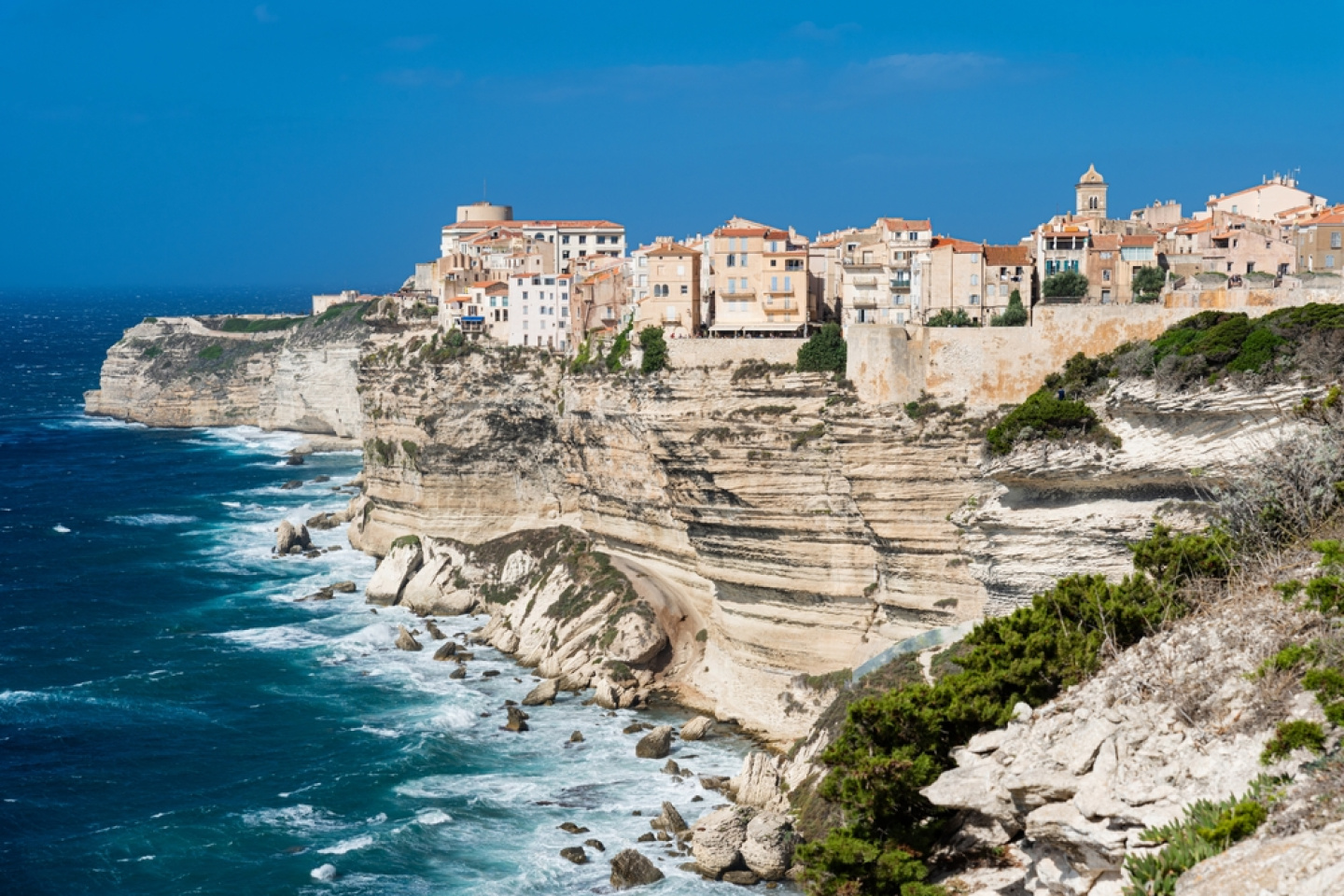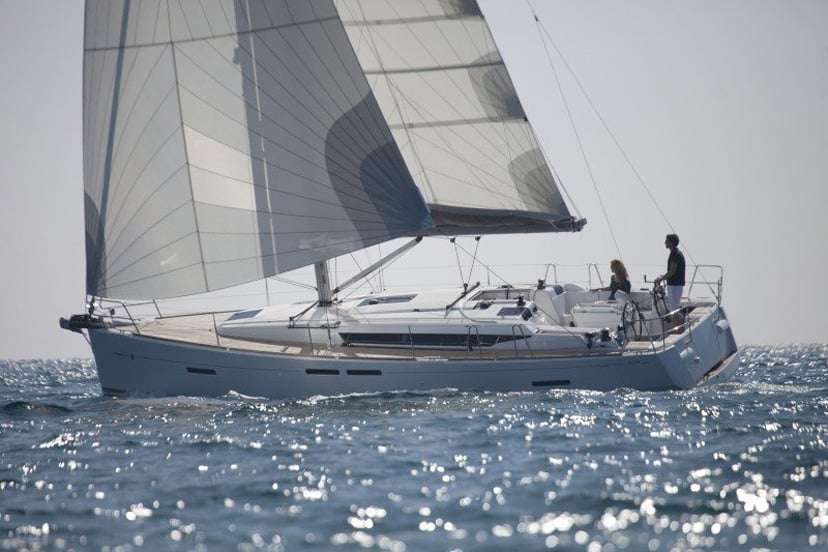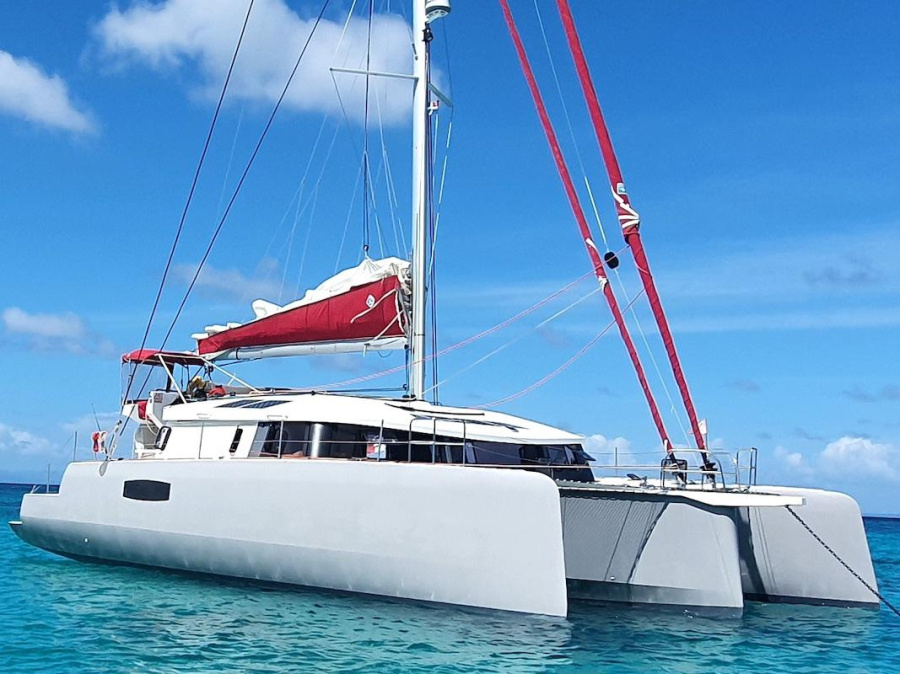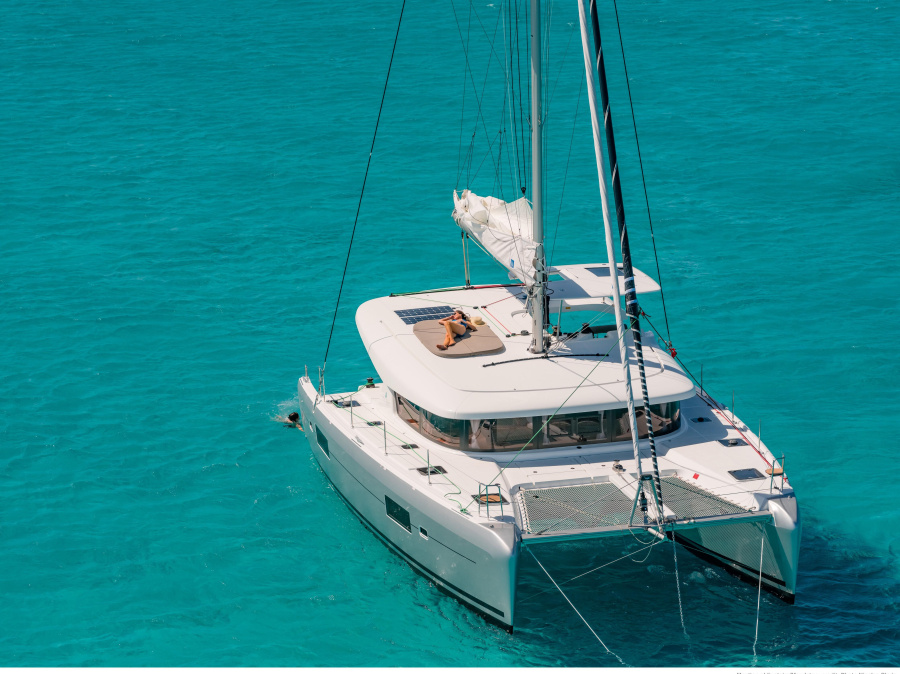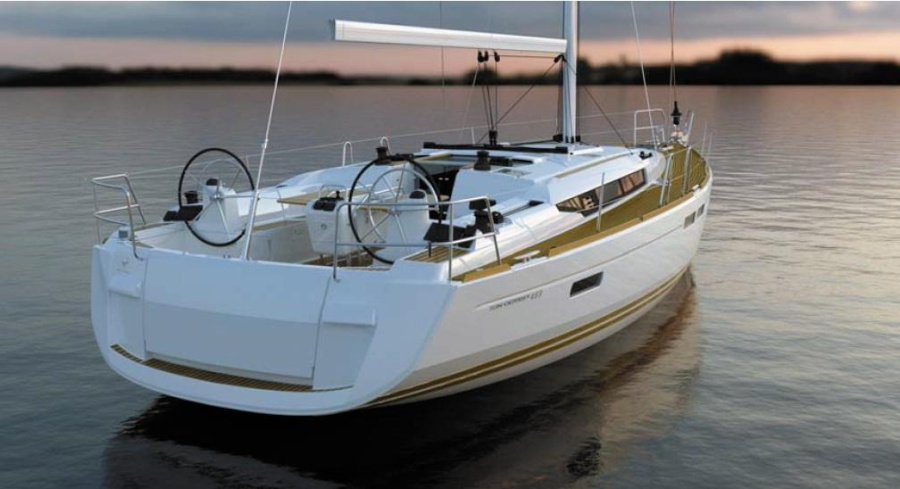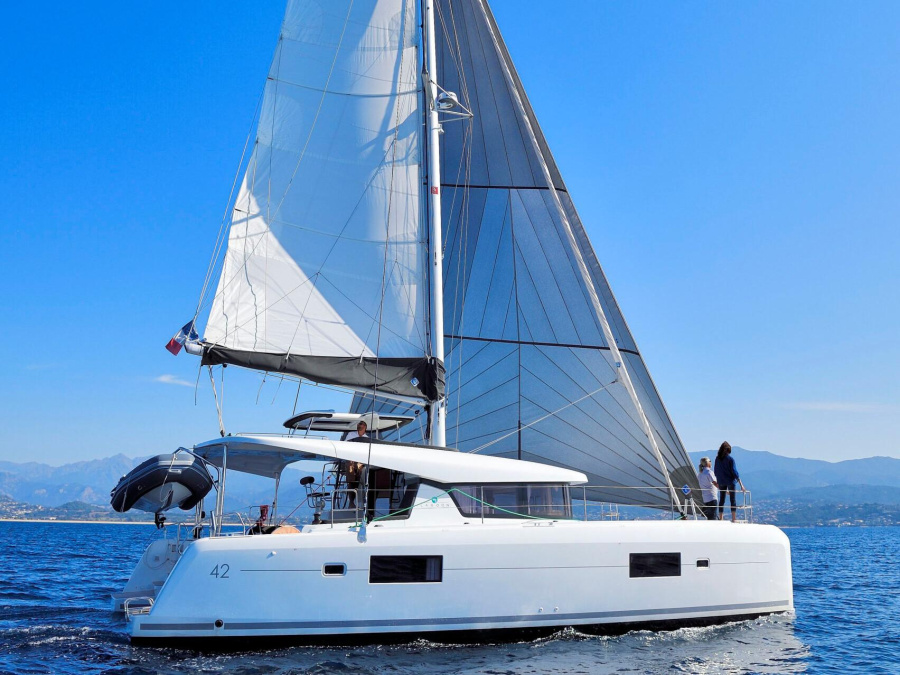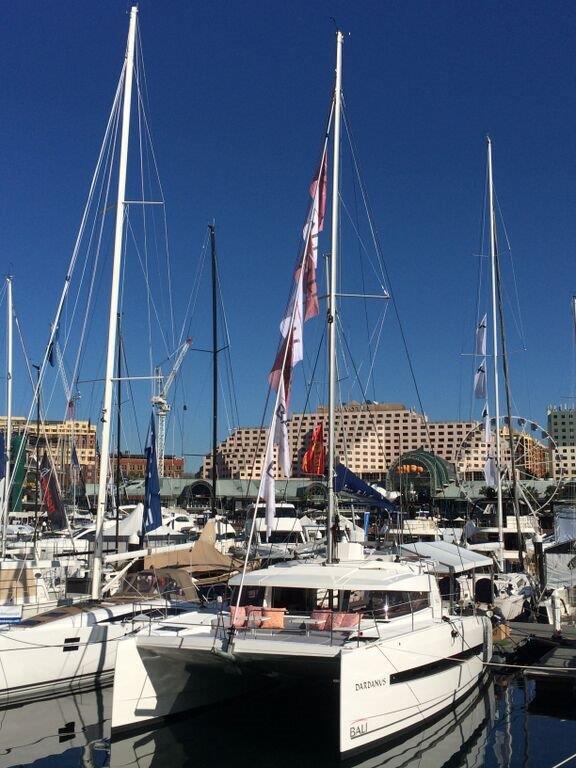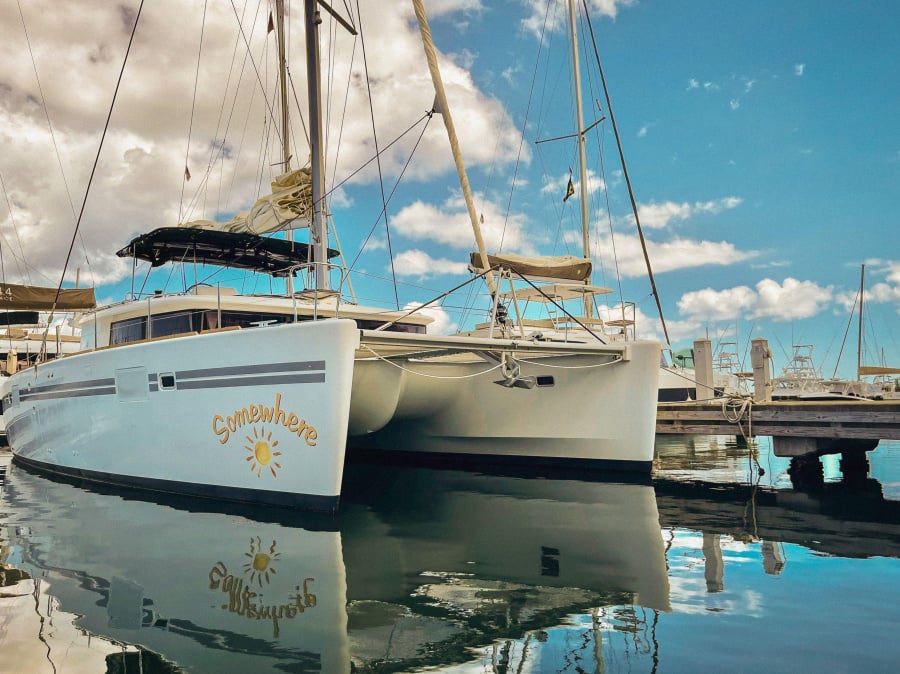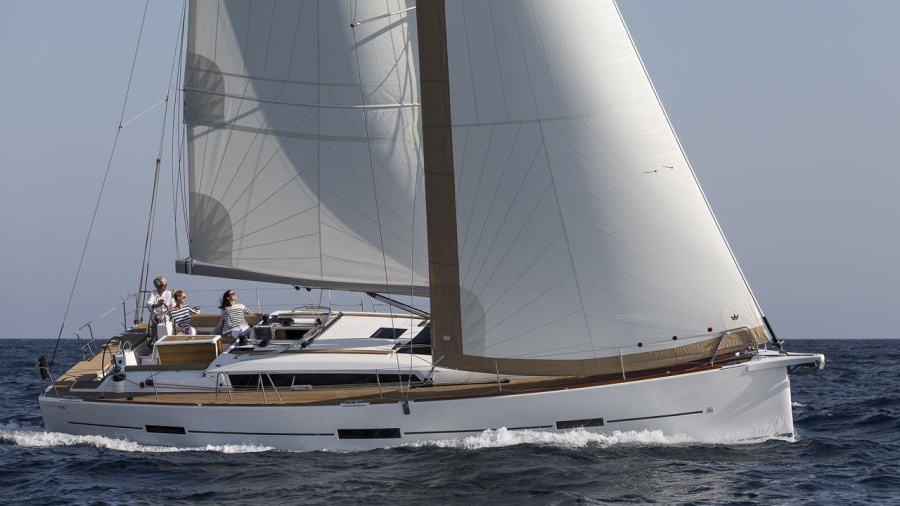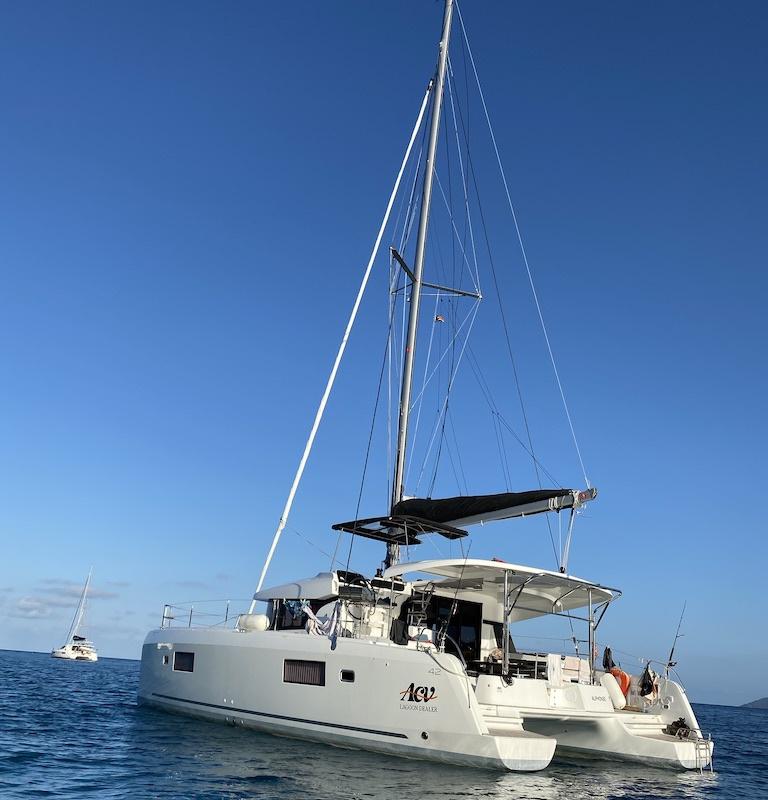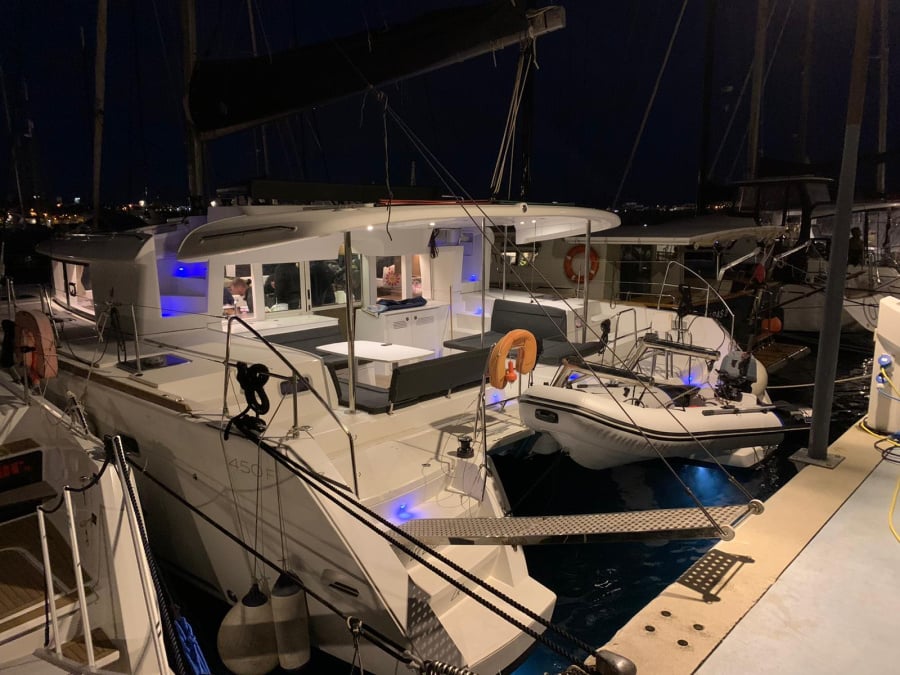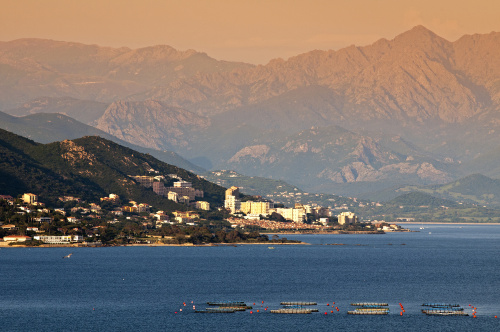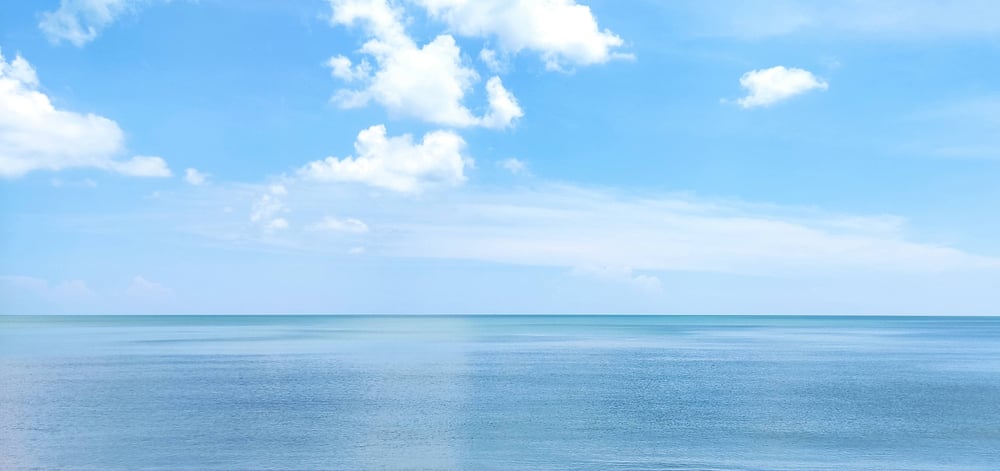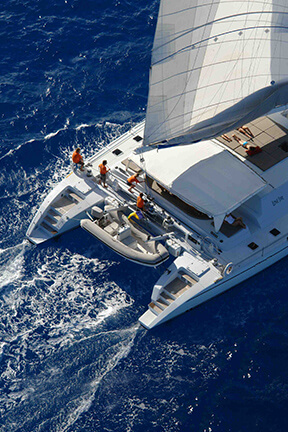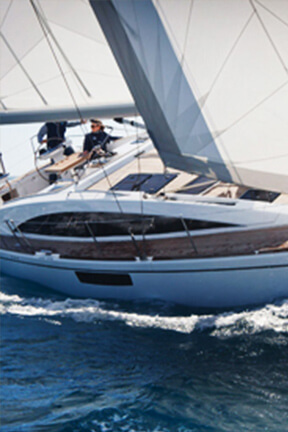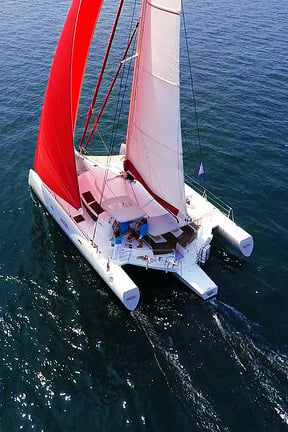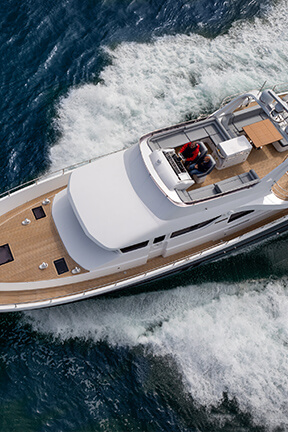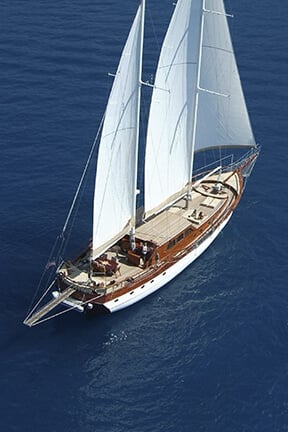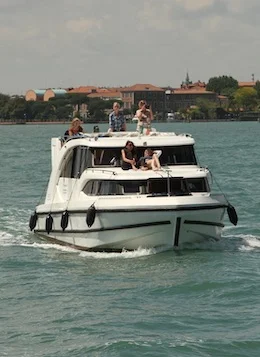CORSICA YACHT CHARTERS
Most popular boats For rent in CORSICA
Top destinations in Corsica for boat rental
Types of boats available for rent in Corsica
Yacht charter types available in Corsica
Corsica Sailing itineraries
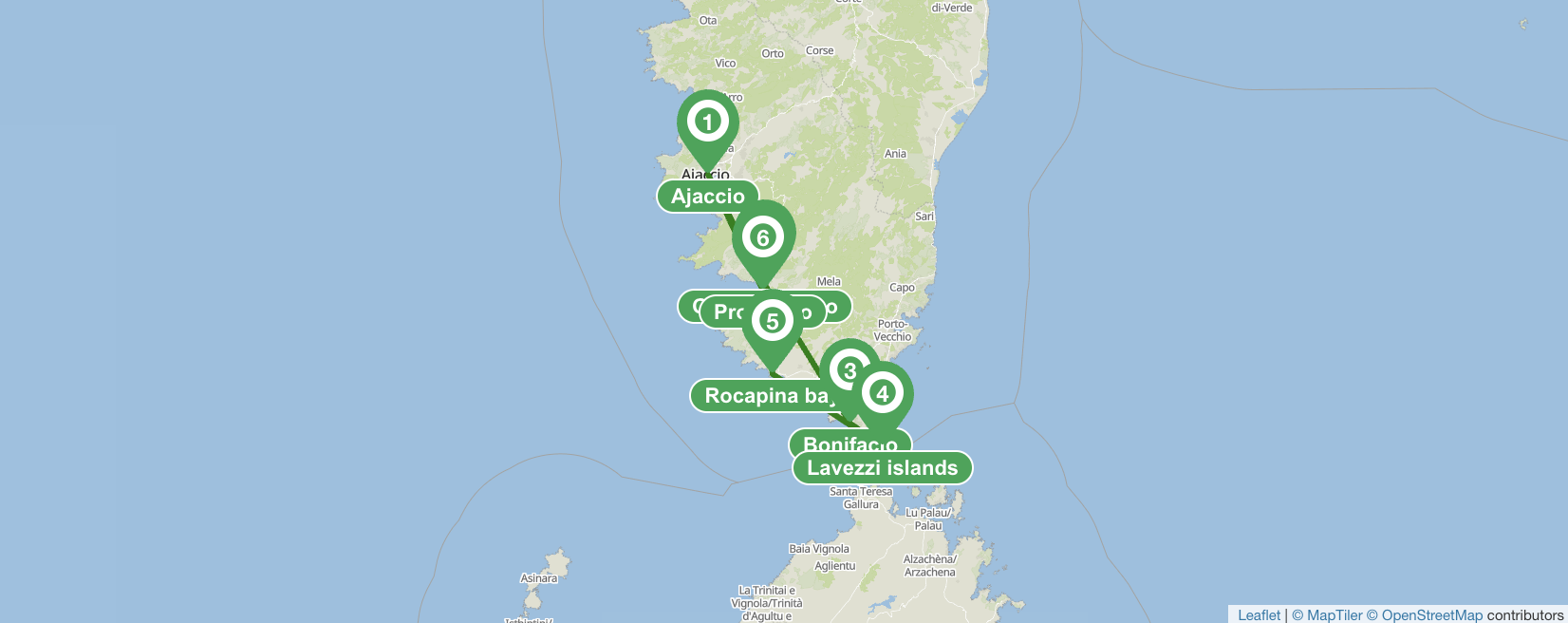
Corsica 7 days sailing itinerary
Cost of boat rental in Corsica
| Jan | Feb | Mar | Apr | May | Jun | Jul | Aug | Sep | Oct | Nov | Dec | |
|---|---|---|---|---|---|---|---|---|---|---|---|---|
|
€3,862 |
€3,887 |
€3,653 |
€4,541 |
€4,709 |
€5,753 |
€7,590 |
€7,110 |
€5,219 |
€4,385 |
€4,013 |
€3,557 |
Sailing conditions in Corsica
Temperature by month
Average air High and Low temperature during the year
| Jan | Feb | Mar | Apr | May | Jun | Jul | Aug | Sep | Oct | Nov | Dec | |
|---|---|---|---|---|---|---|---|---|---|---|---|---|
| Max t° | 13 °C | 13 °C | 14 °C | 16 °C | 20 °C | 24 °C | 27 °C | 27 °C | 24 °C | 21 °C | 17 °C | 14 °C |
| Min t° | 7 °C | 7 °C | 8 °C | 10 °C | 13 °C | 16 °C | 19 °C | 19 °C | 17 °C | 14 °C | 10 °C | 8 °C |
| Max t° | 55 °F | 55 °F | 57 °F | 61 °F | 68 °F | 75 °F | 81 °F | 81 °F | 75 °F | 70 °F | 63 °F | 57 °F |
| Min t° | 45 °F | 45 °F | 46 °F | 50 °F | 55 °F | 61 °F | 66 °F | 66 °F | 63 °F | 57 °F | 50 °F | 46 °F |
Rainy days by month
Average number of days with precipitation during the year.
| Jan | Feb | Mar | Apr | May | Jun | Jul | Aug | Sep | Oct | Nov | Dec | |
|---|---|---|---|---|---|---|---|---|---|---|---|---|
| Rainy Days | 14 | 13 | 14 | 12 | 9 | 6 | 2 | 5 | 7 | 11 | 14 | 15 |
Corsica boat rentals
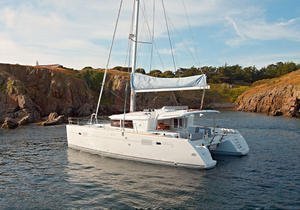
Corsica's main appeal is in its scenery: tropical palm trees, vineyards, olive and orange groves, forests of chestnut and pine, alpine lakes and mountain creeks with lots of trout, and also miles and miles of sandy beaches. Corsica is a mountainous island, generously covered with overgrown wild flowers Maquis. The fragrance of these flowers is so strong that sailors gave Corsica another name – "The Scented Isle".
Throughout the centuries Corsica changed its sovereigns numerous times. In the 3d century BC the Romans landed in Corsica. Their rule ended in the 5th century AD. For 200 years from the 11 to the 13th century Corsica was a colony of the old Tuscan republic of Pisa. It then fell to the Genoese, who sold it to Louis XV for 40 million francs. Before that the Corsican people had enjoyed 14 years of independence under the leadership of Pasquale Paoli. They felt cheated by the deal with the French in 1769, and have resented them ever since. The main spoken language is Italian.
Sailing Corsica
Surrounded be the Mediterranean Sea, this location claims the best micro climate. It gives its mild temperatures all year long: 27 C in summer with 17 mm rainfall and 13 C in winter with 67mm rainfall. Corsica is affected by winds from every direction. The most common are the Mezzogiorno, that blows at noon, and the Terrana, that is strongest at midnight. Along with hot and dry days, this region can also receive plenty of precipitation (very violent sometimes) during short periods, which mostly happen in the mountains. The forests that cover the greater part of Corsica benefit the most from enough moisture and warm temperature.
Cuisine
It is mainly based on the products of the island, and due to historical and geographical reasons has much in common with the Italian cuisine and marginally with those of the French Mediterranean coastal area.
Chestnut were once the main food of Corsica, and it's flour is still widely used.
There is a huge variety of "charcuterie", including ham and sausages, smoked, cured or air-dried in the traditional way. Wild boar is a delicacy, stewed with chestnuts in red wine. Roast goat ("cabri roti") seasoned with rosemary and garlic is frequently prepared for festival occasions. Game, from rabbits and pigeons, is also quite popular.
There is an abundance of fresh-caught fish and seafood (monkfish, squid, sea urchins and sardines), which is at its best just grilled. Ricotta-style soft cheeses, local honey and jams, made from a huge variety of ingredients, should also be on your list to try.
Popular drinks are usually associated with particular regions. Corsica is not an exception. It's favorite drinks include mandarin, myrtle, chestnut and strawberry-tree fruit liqueurs. Crime de Fruit de Dijon, the secret ingredient to many cocktails or dessert, comes in many flavors ( from peach to wild strawberry), in addition to the well-known black current - Creme de Cassis.
Places to visit
Ajaccio is the place where Napoleon Bonaparte was born in 1769 and raised.
Although Napoleon never returned to Corsica after crowning himself emperor of the French in 1804, the town of Ajaccio, modern capital of Corsica, celebrates his birthday every August 15.
The 19th century Palais Fesch, which is now the Musee des Beaux Arts, exhibits the best collection of Italian primitive art in France after the Louvre. Among its masterpieces are works of Bellini, Botticelli, Titian and Veronese, Bernini and Poussin.
Golfe de Porto
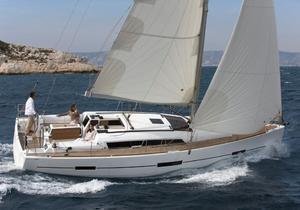
Golfe de Porto is one of the most stunning bays in the Mediterranean, which for the sake of its fauna and flora has been included in UNESCO's list of the world's common cultural heritage sites.
Out of Porto on the way to Piana , you can not miss the Calanche, the Corsican word for inlet. It is the most breathtaking scenery you will hardly forget. Unusual patterns of erosion here have created fantastic cliffs and pinnacles of red granite rock.
Bastia
A busy port and administrative capital of Upper Corsica, Bastia is very different in style from its sedate low-pace west coastal rival, Ajaccio. The Genoese citadel and colorful 19th century Italianate buildings give you the first impression of the authentic Mediterranean. The 16th century citadel includes two churches you must see: The Rococo Chapelle Sainte-Croix, with its striking Black Christ, fished out of the sea by Bastiais fishermen in 1428; and the 15th century Sainte-Marie, which has a Virgin made of a ton of solid silver.
Cap Corse
Cap Corse is the northern tip of Corsica, whIch include the resorted Tour de Losse, one of many 16th century Genoese towers along the coast-part of an elaborate system, which enabled all Corsican towns to be warned within 2 hours of impending barbarian attacks.
Bonfacio
Bonfacio is the oldest town of Corsica, founded in 828. The old fortified citadel sits on the limestone and granite cliff, overlooking the harbor. The 12th century Pisan-style church dates from Pisa's owns hip of Corsica before losing the island to Genoa. There you can also visit three old wind mills and the ruins of a Franciscan monastery.
When you go down the hill to the harbor, you'll enjoy boutiques, cafes and restaurants. Lots of boats depart regularly for neighboring Sardinia, that lies just seven miles across the Strait of Bonifacio, and also for uninhabited island of Lavezzi.
Porto-Vecchio
The fortified town of Porto-Vecchio has turned into the most popular fashionable seaside resort now. The setting is perfect for the conventional seaside holiday. The spectacular white sandy beaches are within easy reach of the town.
